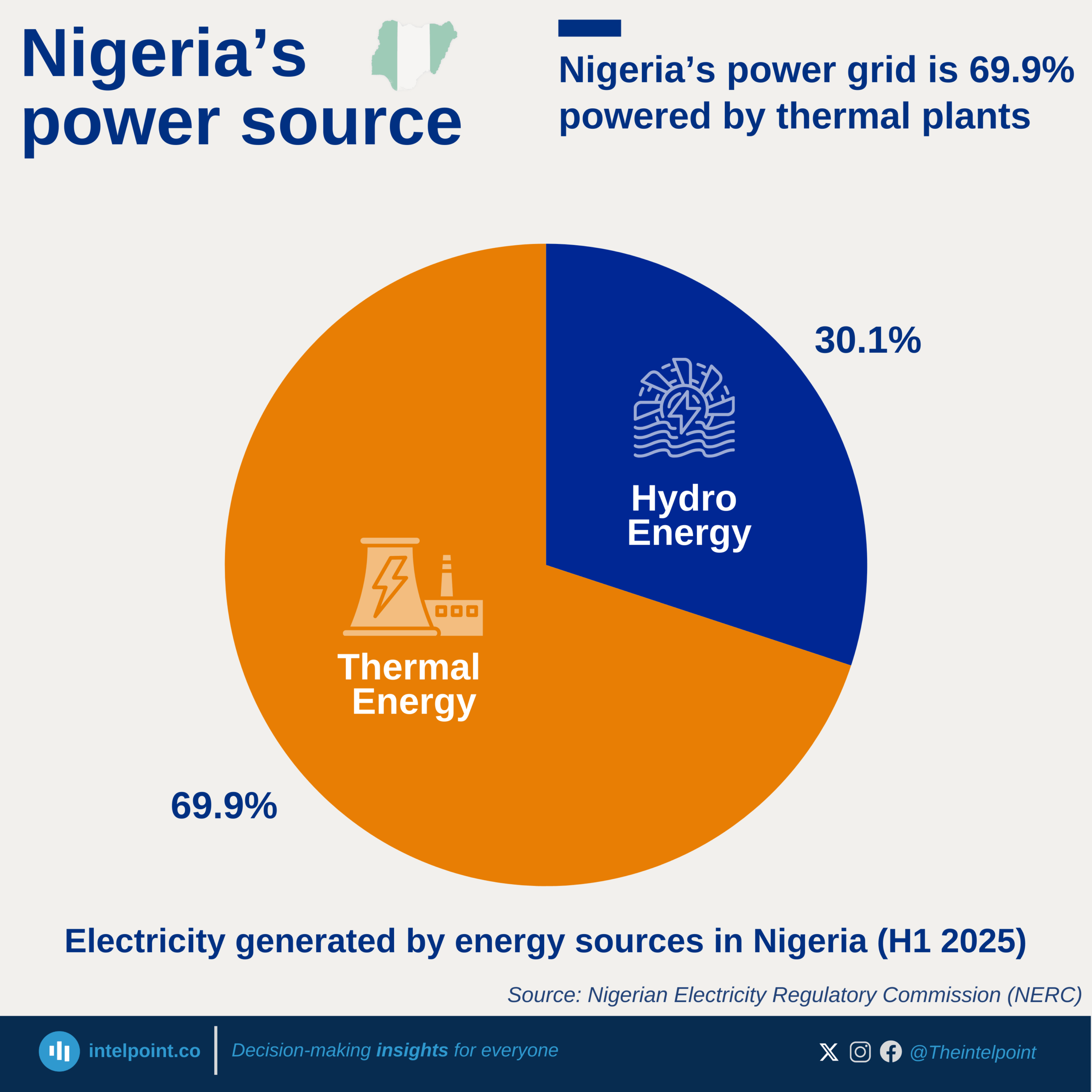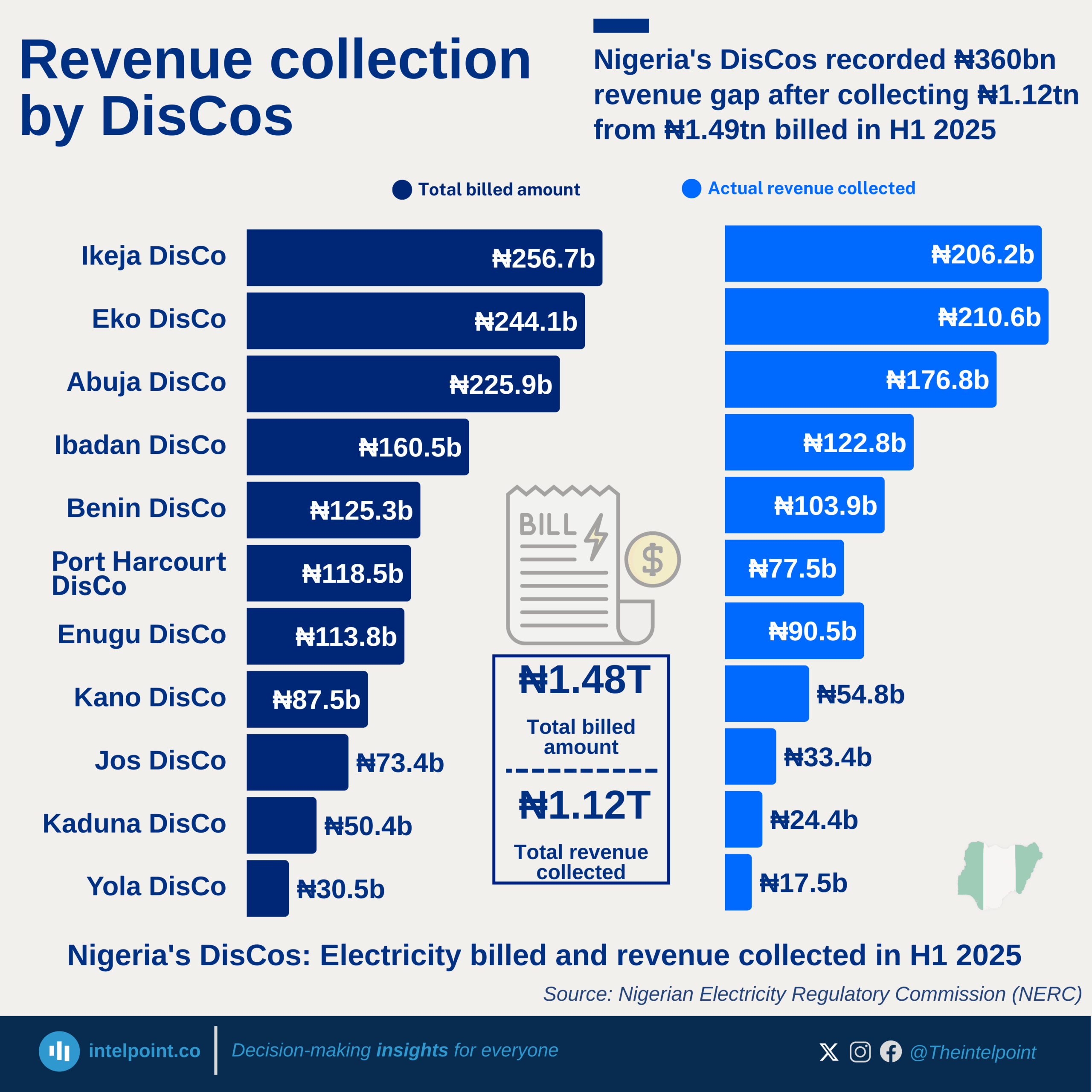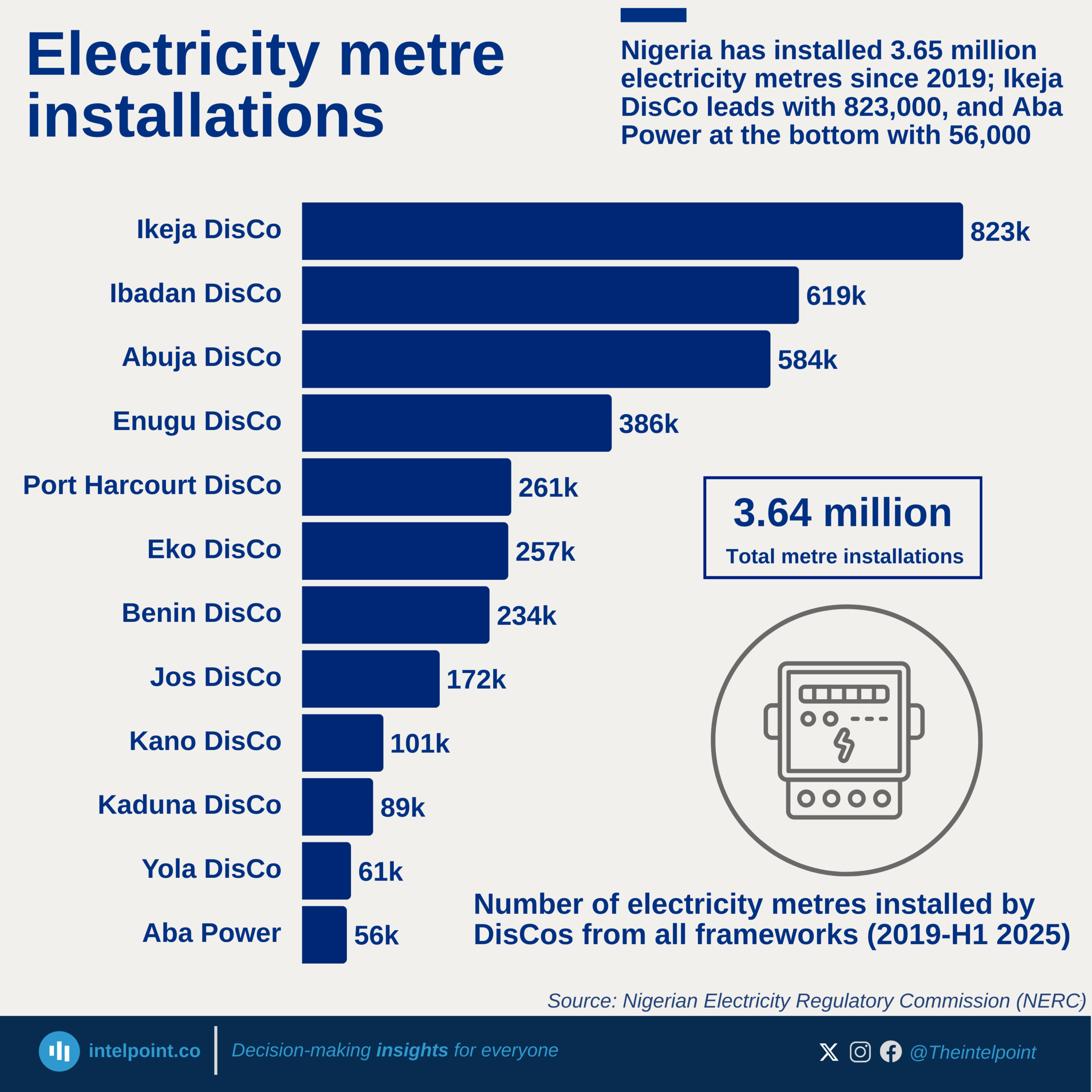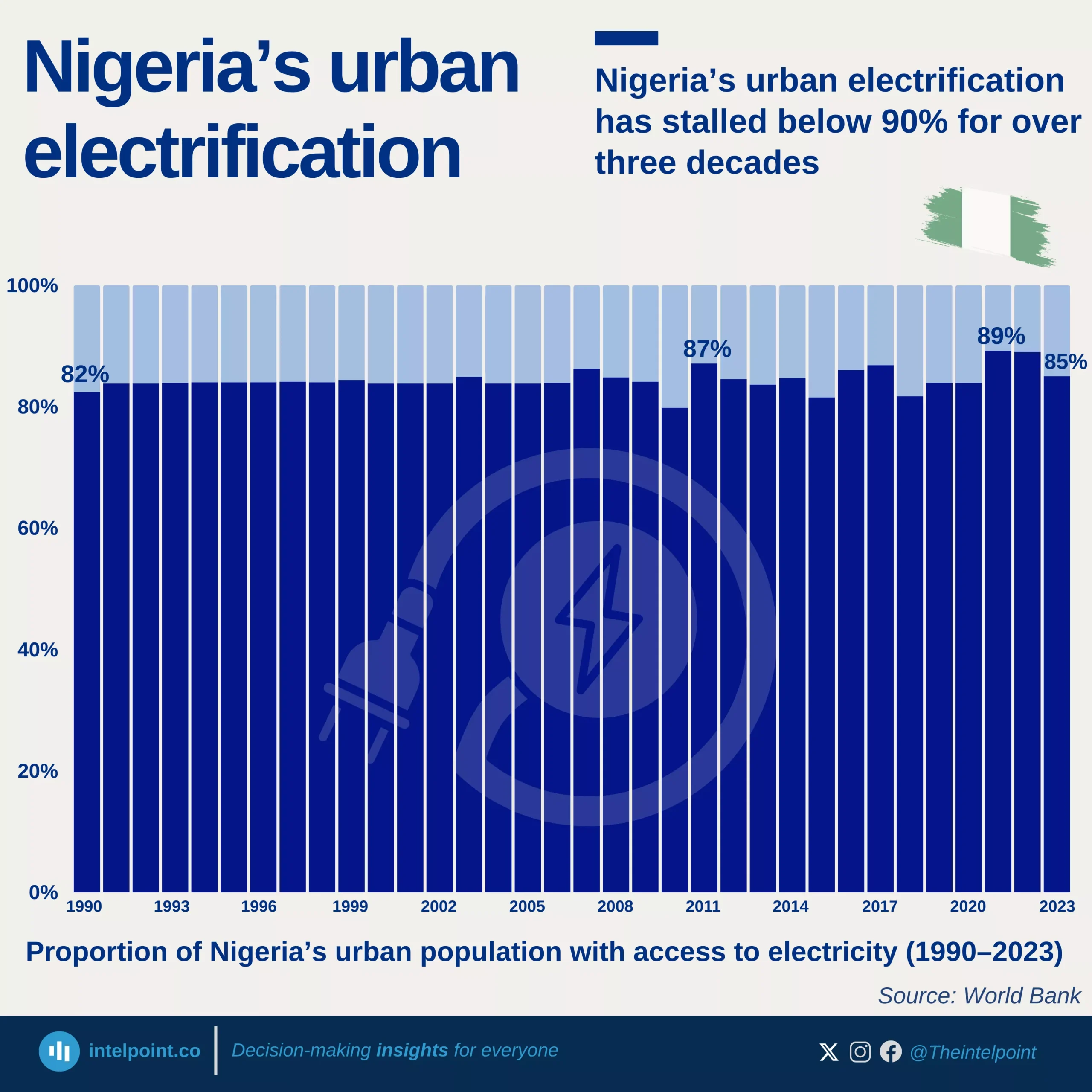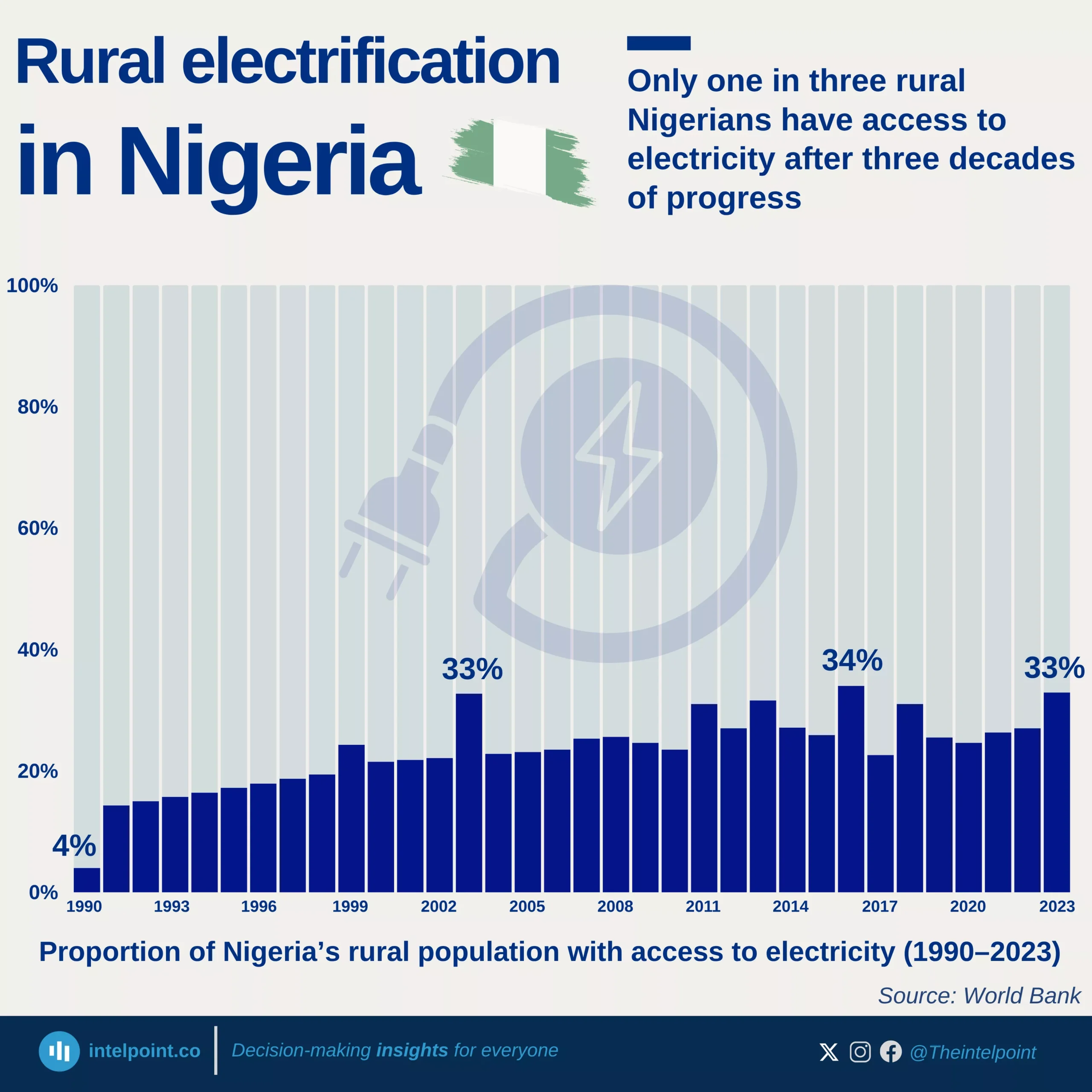South Africa’s electricity generation remains overwhelmingly dependent on coal, which produces over 187,000 GWh, more than four-fifths of the nation’s total output. This entrenched reliance highlights the country’s ongoing struggle to transition to cleaner energy sources.
Wind power is the leading renewable, generating 11,586 GWh (5.06%), followed by solar photovoltaic (PV) at 5,259 GWh (2.3%) and hydro at 6,671 GWh (2.92%). Despite being home to Africa’s only nuclear power station, nuclear accounts for just 3.73% of the energy mix. Solar thermal and oil round out the list with modest shares under 5%.
